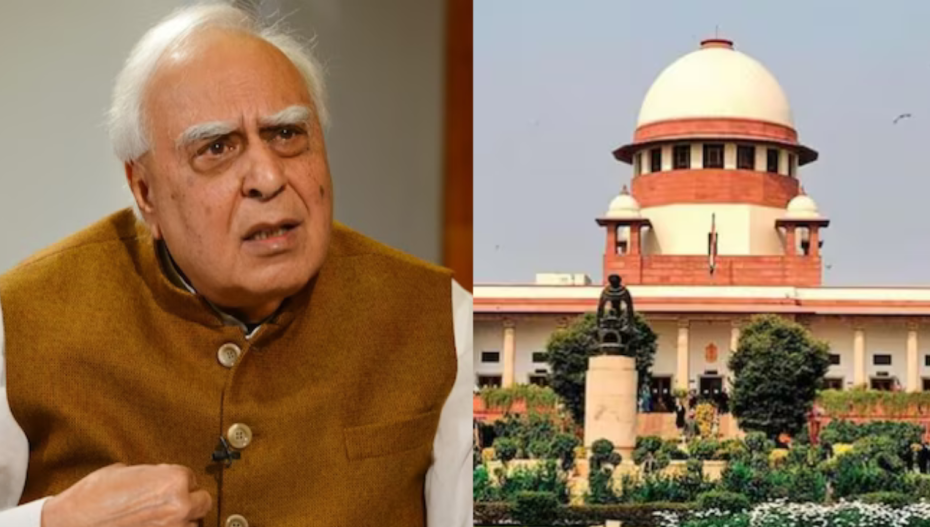The Supreme Court has directed the Union Government to provide detailed data on the entry of illegal migrants into Assam and the northeastern states after March 25, 1971. This order comes as part of a comprehensive review process concerning the contentious Section 6A of the Citizenship Act of 1955.
Section 6A, a central element of the Assam Accord, allows specific foreign migrants who entered Assam between January 1, 1966, and March 25, 1971, to apply for Indian citizenship. However, its validity has been challenged by multiple petitions, leading the Supreme Court to initiate a review process.
During a recent hearing, Senior Advocate Kapil Sibal, representing the respondents, presented arguments emphasizing the historical complexity surrounding the issue. He highlighted the intricate task of tracing population movements throughout history, using Assam’s historical trajectory as an example.
Sibal pointed out that Assam was originally part of Myanmar and only became a British territory in 1824 after a treaty. He argued that such historical shifts inevitably led to significant population movements, making it difficult to accurately determine who arrived in Assam and when.
“Migration of people and populations is embedded in history and cannot be mapped,” Sibal stated during the hearing. He further elaborated, “If you look at the history of Assam, you’ll realize that it is impossible to figure out who came when.”
The core of the controversy lies in the concerns of indigenous Assamese groups who view Section 6A as a means of legitimizing the entry of illegal migrants from Bangladesh. They argue that this has significantly impacted the state’s demographics and cultural identity.
The Supreme Court’s five-judge Constitution Bench, led by Chief Justice DY Chandrachud, has the crucial responsibility of scrutinizing the constitutional validity of Section 6A. Their decision could have far-reaching implications for Assam’s socio-political landscape.
To further strengthen his argument, Sibal drew upon his family’s personal experience of displacement during partition. He emphasized the fundamental right of individuals, including those of Bengali ethnicity, to move freely within the country. He strongly contested the claim that such population movements had disrupted the cultural essence of Assam.
The Supreme Court’s directive for data on illegal migrants and Sibal’s historical perspective shed light on the complexities surrounding Section 6A and its impact on Assam. The upcoming judgement of the Constitution Bench is highly anticipated and could potentially reshape the state’s future.











